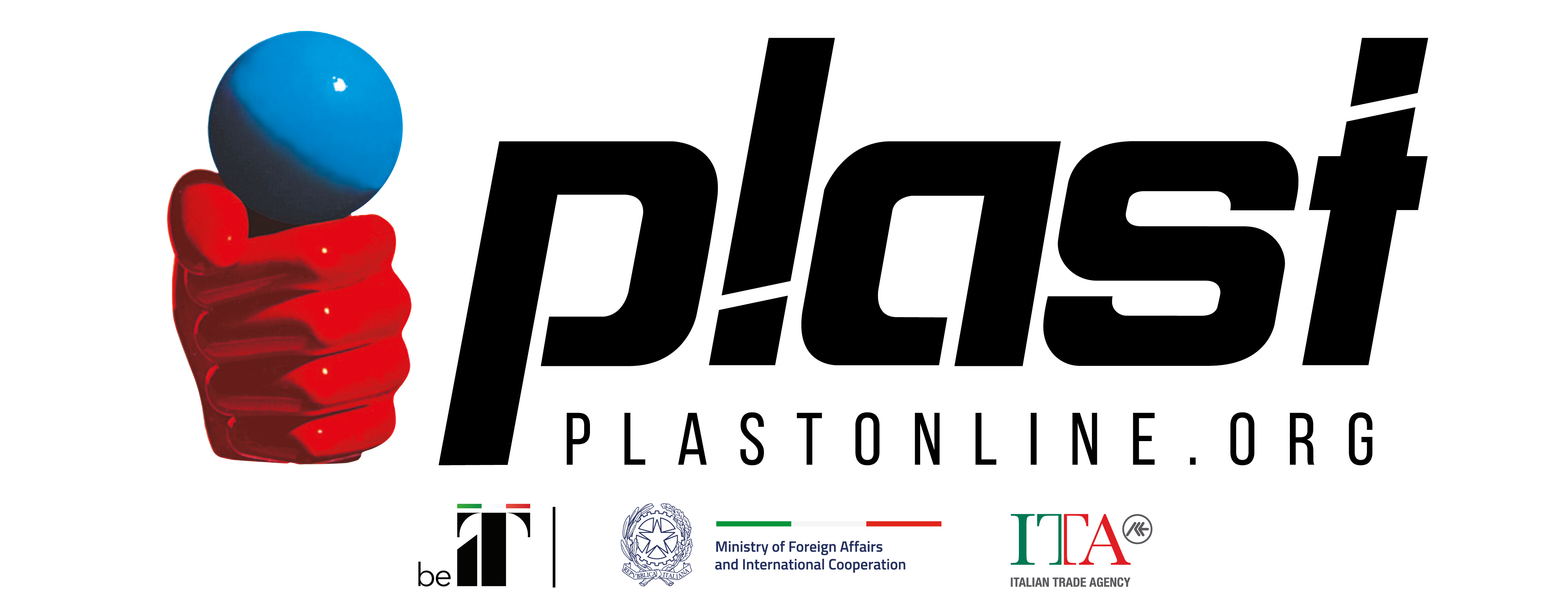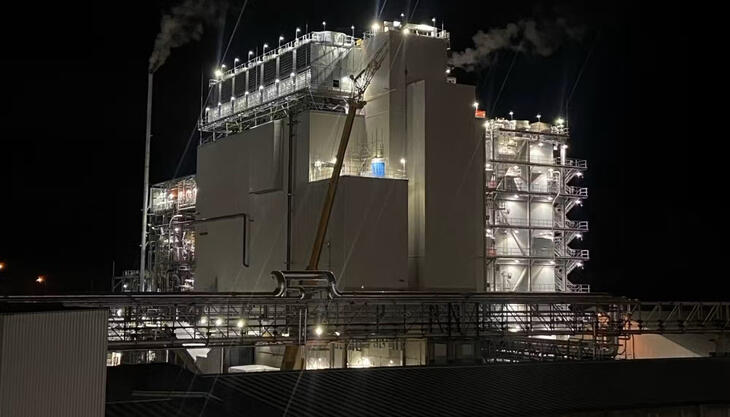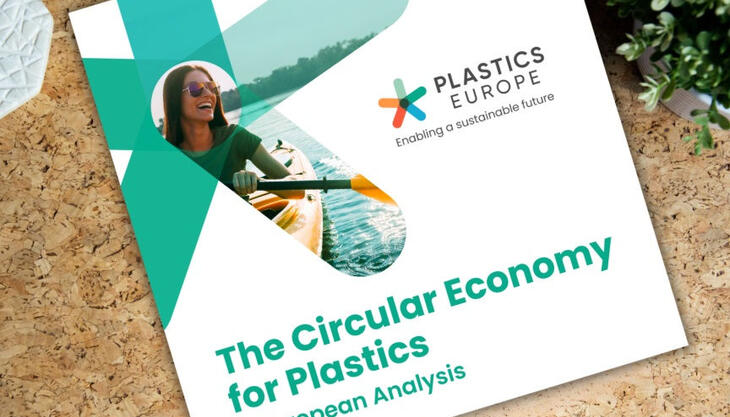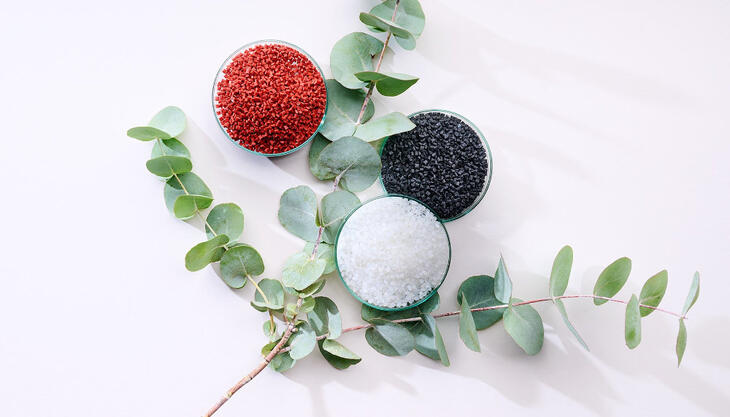A model of circular economy
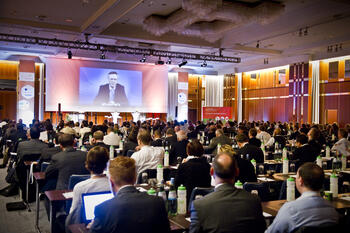
The international conference organized by European Bioplastics, the European association of bioplastics’ industry, started yesterday (December 2) in Brussels. Leading industry players meet there to discuss how biopolymers can help to make Europe and its Member States a model of circular economy based on resource efficiency.
In fact, “Bioplastics - Driving a Resource Efficient Europe” is the title of this ninth edition of the conference, opened by Helmut Maurer’s speech, Directorate-General for Environment of the European Commission, who will focus on the role of bioplastics in the creation of a circular economy, and by Axel Singhofen MP of the Greens/European Free Alliance at the European Parliament's Environment Committee, who introduced the issue of EU legislation aimed at reducing traditional plastic bags.
Amongst the over 30 experts who attended the conference, Stefano Facco, Novamont’s head of New Business Development, presented how integrated biorefineries in local areas allow to realize a circular economy in which agriculture, land, research and industry work together to create new sustainable products, employment and competitiveness.
A concrete example of this new model is represented by Matrìca, the 50:50 joint venture between Novamont and Versalis created to convert the petrochemical plant in Porto Torres, Sardinia, in a biorefinery with an integrated agricultural supply chain. Through a proprietary technology, whole Italian, that does not use ozone in the reaction of oxidative cleavage of the vegetable oil, Matrìca produces intermediates such as azelaic acid and pelargonic acid, as well as new proprietary products, through a safe and low environmental impact process.
The azelaic acid, besides several application it could have, is the basis of third generation Mater-Bi, characterized by a higher content of renewable resources, low “cradle to grave” emissions and improved performances: another important result achieved through Novamont’s constant innovation.
2014 saw Matrica’s first three flagship plants launch, realized with an investment of approx. 180 million euro, with a total capacity of approx. 70 thousand tons per year: the plant converting vegetable oils into monomers and intermediates, the rubbers and polymers additives plant integrated with the first and dedicated to the production of extensor oils, and the esterification plant, flexible and independent, dedicated to the production of specialties relevant for various applicative fields.
Novamont’s speech during the Conference placed a special focus on products deriving from the innovative integration between agriculture and industry, able to combine renewability, biodegradability and low environmental impact. Not only bioplastics, but also bio-lubricants, products for house and health care, phytosanitary, additives for rubber and plastics industry and food fragrances are the result of such innovative development.











